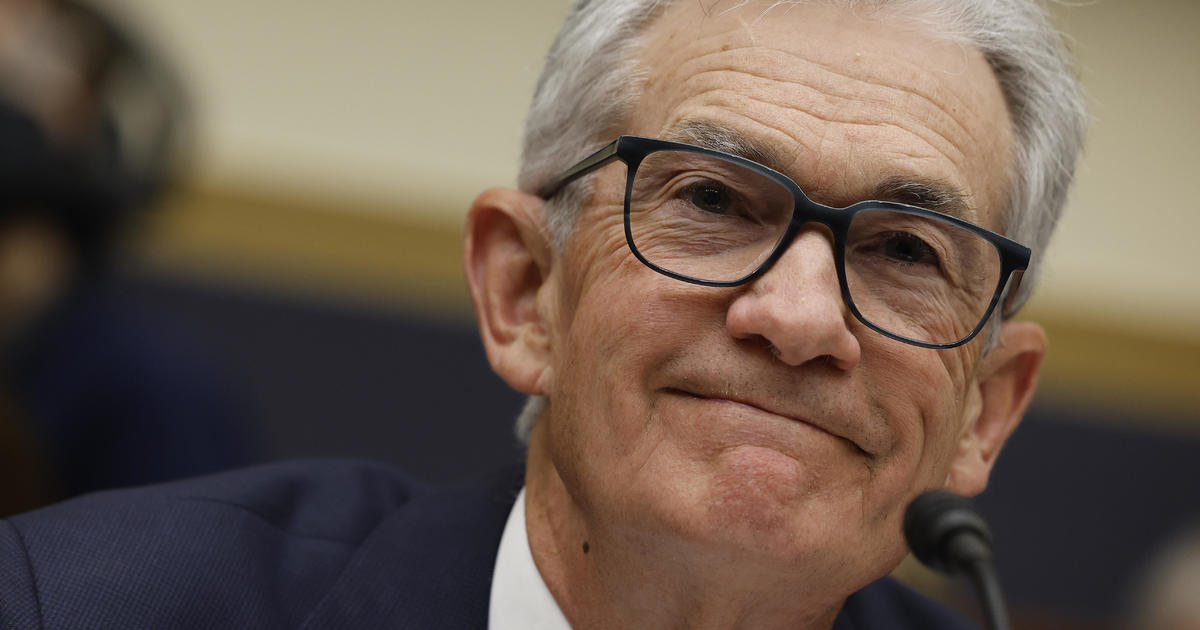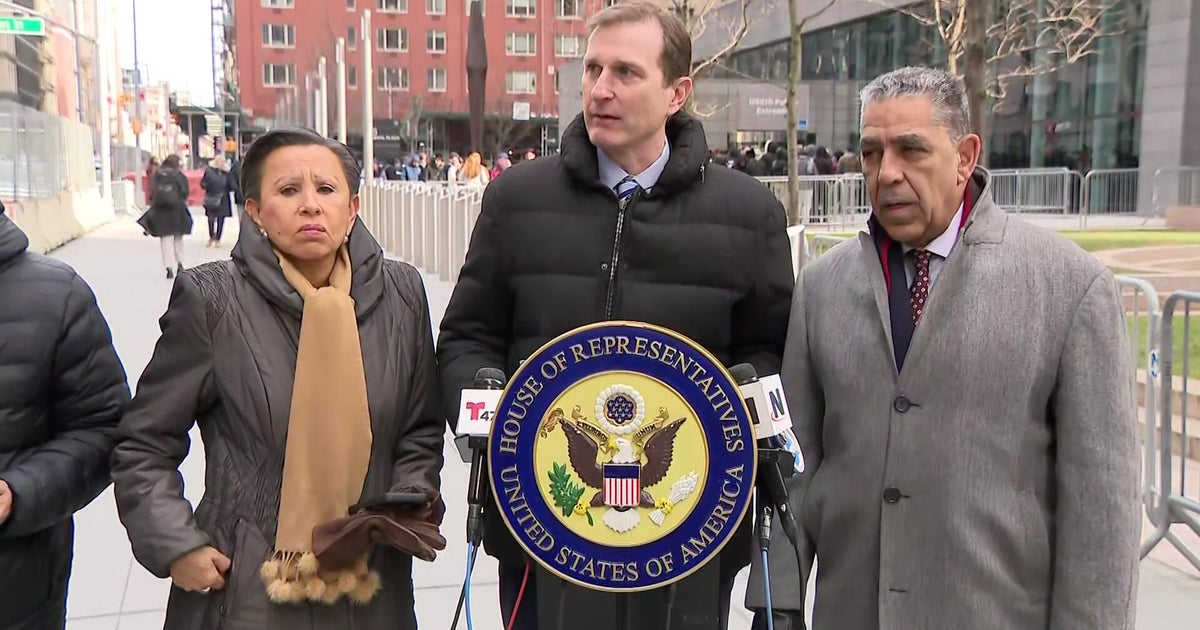The Federal Reserve holds interest rates steady. Here's the impact on your money.
Federal Reserve officials said they are leaving the central bank's benchmark interest rate unchanged, a decision widely expected by economists after recent inflation data showed that prices are still increasing at a faster pace than the Fed would like. Even so, most officials are predicting three rate cuts later in 2024.
Policymakers on Wednesday said that while inflation is coming down, it "does not expect it will be appropriate" to cut rates until the bank is confident inflation is moving toward its 2% goal.
The Fed on Wednesday said it is maintaining the federal funds rate in a range of 5.25% to 5.5%. Still, most members of the Federal Open Market Committee are still projecting three rate cuts later in 2024, matching the bank's earlier forecast for the number of rate reductions this year, according to the Fed's Summary of Economic Conditions.
Many inflation-weary consumers are eager for a reprieve from high borrowing costs, the result of the Fed's 11 interest rate hikes starting in early 2022. While inflation is rapidly cooling, it is hovering at slightly above 3% on an annual basis, higher than the Fed's goal of 2%.
That's prompted the Fed to pause any move to ease rates. At a Wednesday press conference, Chair Jerome Powell pointed to stubbornly persistent inflation in January and February's to explain the decision to hold rates steady, adding that the central bank doesn't want to cut prematurely and risk a flare-up of inflation.
"We said it was going to be bumpy ride, and now we're seeing that," Powell said. "The question is whether they are more than bumps, and we don't know that."
Inflation in February rose 3.2% on an annual basis, faster than January's 3.1% increase. Despite that recent increase, Powell added he is confident inflation will eventually recede to the bank's 2% goal. But he reiterated that the Fed is prepared to hold the line on rates until policymakers see more evidence that inflation is fading.
"We believe our policy rate is likely at its peak for this tightening cycle," he said. The Fed "will likely begin dialing back policy restraint some point this year."
Fed officials are forecasting that inflation in 2024 will decline to 2.4%, followed by a dip to 2.2% next year.
Fed rate decision's impact on stocks
Although the Fed was widely expected to leave the federal funds rate unchanged, stocks jumped after the announcement as investors cheered the bank's outlook for three cuts in 2024. The S&P 500 gained 0.7% in afternoon trading, while the Dow Jones Industrial Average jumped about 1%.
"Investors were worried that the recent higher-than-expected inflation data would cause the Fed to back off from their projection of three cuts for this year, and those fears were unfounded," said Chris Zaccarelli, chief investment officer for Independent Advisor Alliance, in an email.
He added, "The sum total of this 'no news is good news' press conference is that markets continue to have a green light to run higher."
When will the Fed cut rates?
At Wednesday's press conference, Powell declined to forecast when the Fed might begin cutting rates. The bank's economic outlook pegs the median federal funds rate at 4.6% at year-end, however.
Americans may need to wait until the Fed's June meeting, or even later, for the first rate cut since March 2020, when the pandemic shut down the economy and the central bank slashed rates to spur spending, experts said.
"We see a June rate cut being on the table, but odds are rising that the Fed waits until July to start its easing process," noted Nationwide chief economist Kathy Bostjancic in a report.
The Fed is likely to cut rates three times for a total of three-quarters of a percentage point, bringing the target rate to 4.5% to 4.75% by year-end, she predicted.
Fed interest rate 2024 and its impact on your money
With the Fed keeping rates unchanged, borrowing costs will remain high. That will impact everything from credit card rates to loans for auto purchases or real estates.
The average APR on a new credit card is currently 24.66%, with March marking the 24th month out of the last 25 months when APRs have increased, LendingTree credit analyst Matt Schulz said in an email. Some credit cards may increase their APRs after today's announcement, he added.
"I expect the increases to be pretty small, barring unexpectedly bad economic news, but after two years of upward movement, even tiny increases are definitely unwelcome," Schulz said.
One bright spot for consumers: high-interest savings accounts and CDs. Some CDs are offering rates as high as 5%, for instance, noted DepositAccounts.com banking expert Ken Tumin.
Even so, some banks are cutting their rates in anticipation of a Fed cut later this year — and the expectation that the central bank has no more hikes in store for 2024, he added.







